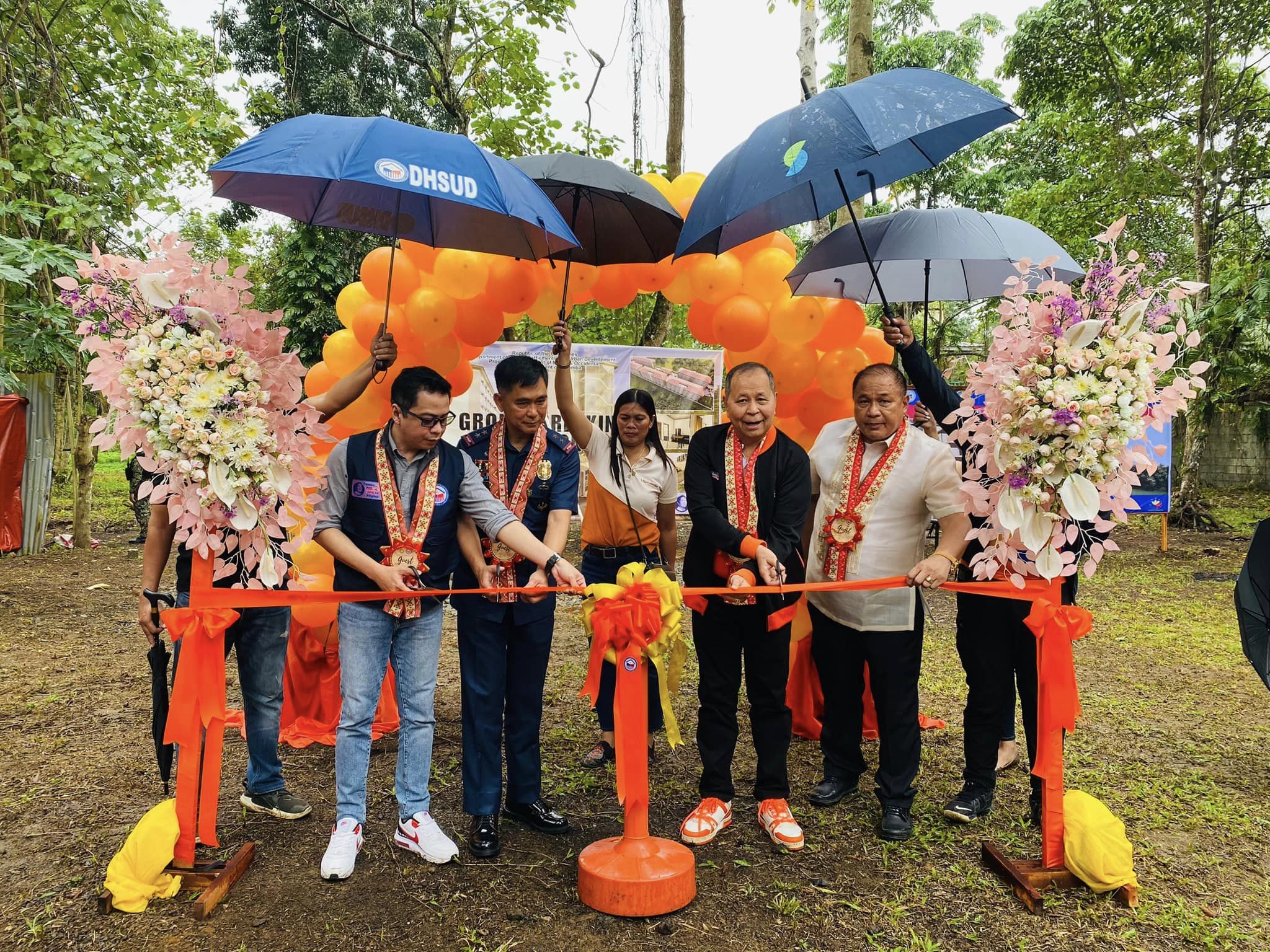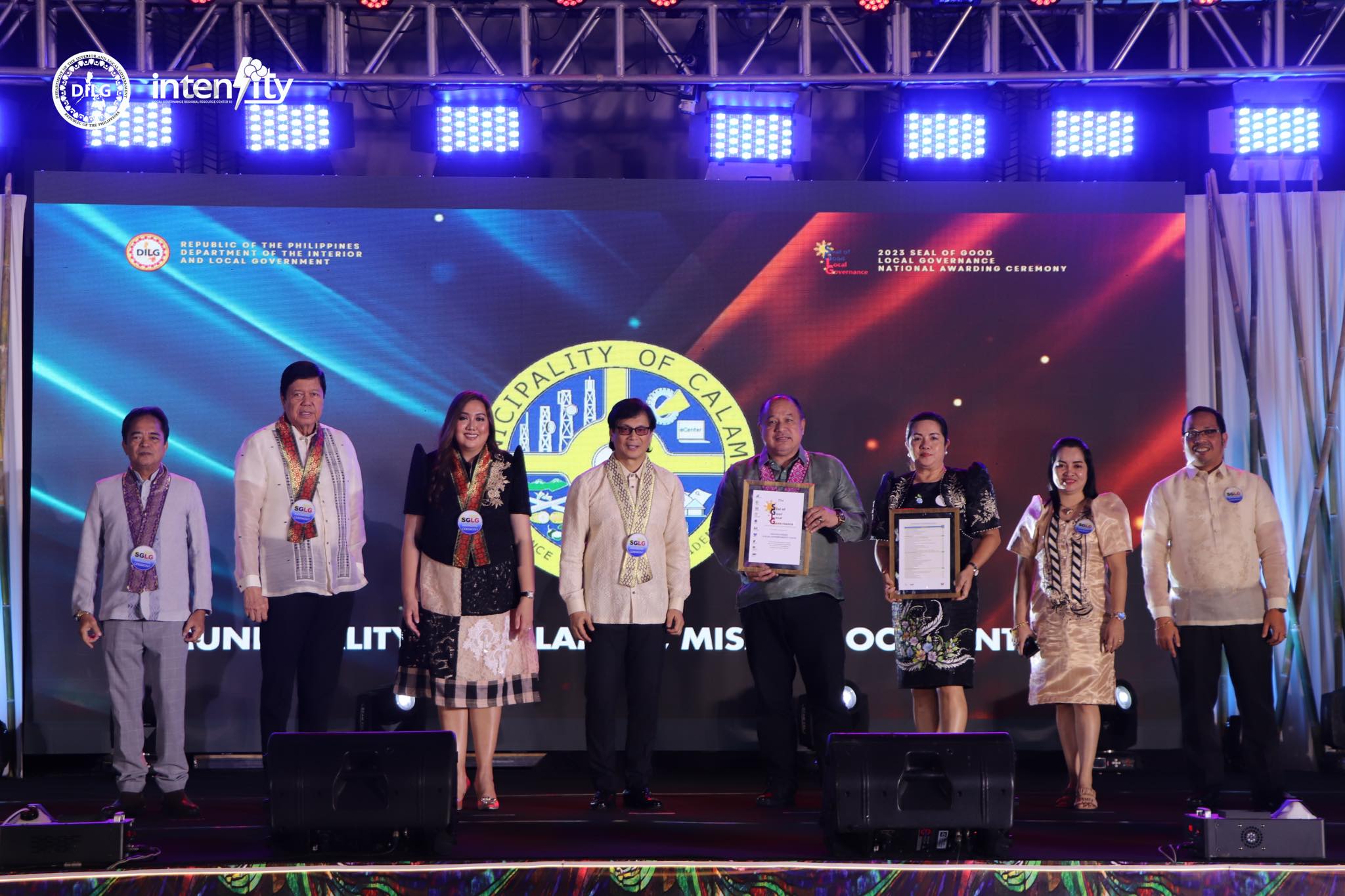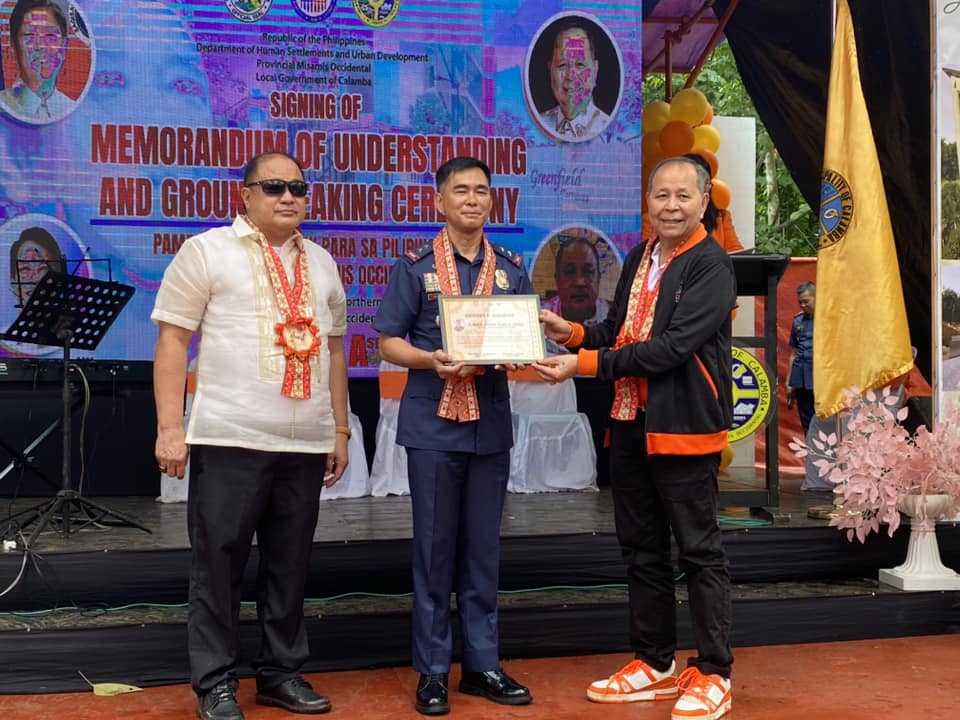Cultural Development
The municipality of Calamba is geographically positioned in the Northern part of the Misamis Occidental Province. It has a grid of approximately 8° 31’58” North Latitude and 123°39’03” East Longitude along the National Highway from the cities of Ozamis to Oroquieta to Dipolog of Zamboanga del Norte. Calamba is situated at the center of five municipalities. From its actual location, municipality of Baliangao is found on the North, municipality of Concepcion on the South, municipality of Plaridel on North East, municipality of Lopez Jaena on the South East and lastly municipality of Sapang Dalaga on the West.
“Solinog” was Calamba’s original name which was based on a deep bankrill located at the eastern portion of the poblacion where Langaran River flows. After years passed by, the Municipal Council of Plaridel changed its name to CALAMBA after the Filipino Patriot’s birthplace. Calamba was just a small barrio of the Municipality of Plaridel but because it grew so fast, it was separated from the municipality. Calamba was declared independent on February 1, 1948 under Executive Order No. 85 series of 1947 by the late President of the Philippines, His Excellency Manuel A. Roxas. After a year, it was inaugurated into a municipality on February 14, 1948. During the earliest times, the “Subanos” were the local individuals of the Municipality of Calamba. They had practice of clearing certain areas one after the other. Those cleared areas were later abandoned and easily replaced by new settlers coming from Visayas and some other parts of Mindanao.
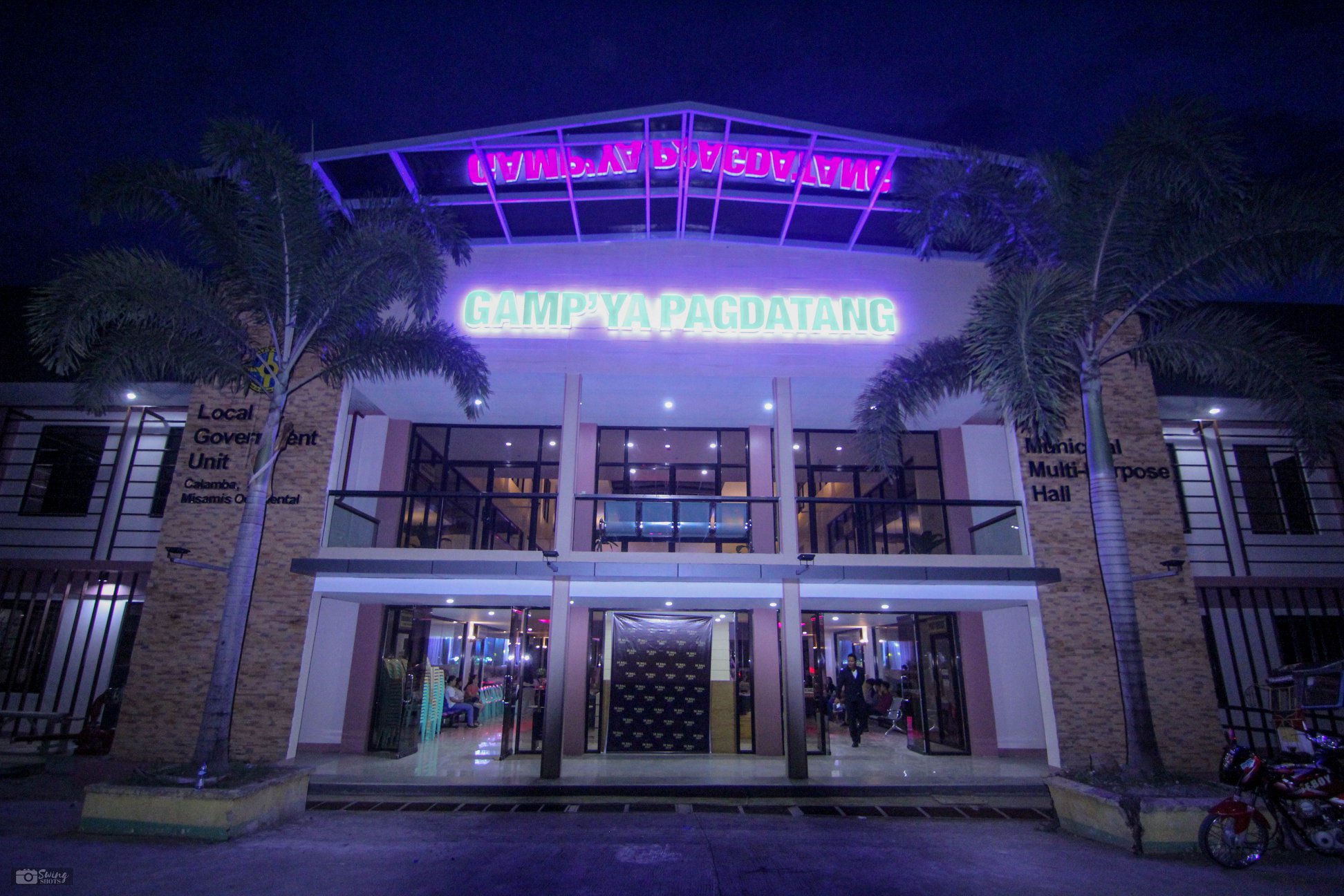 |
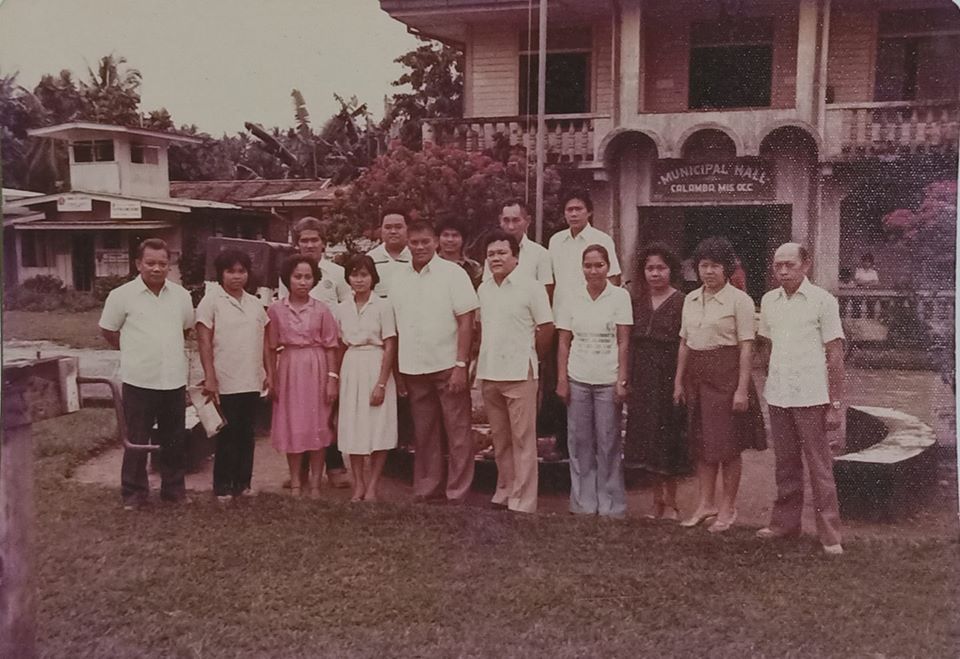 |
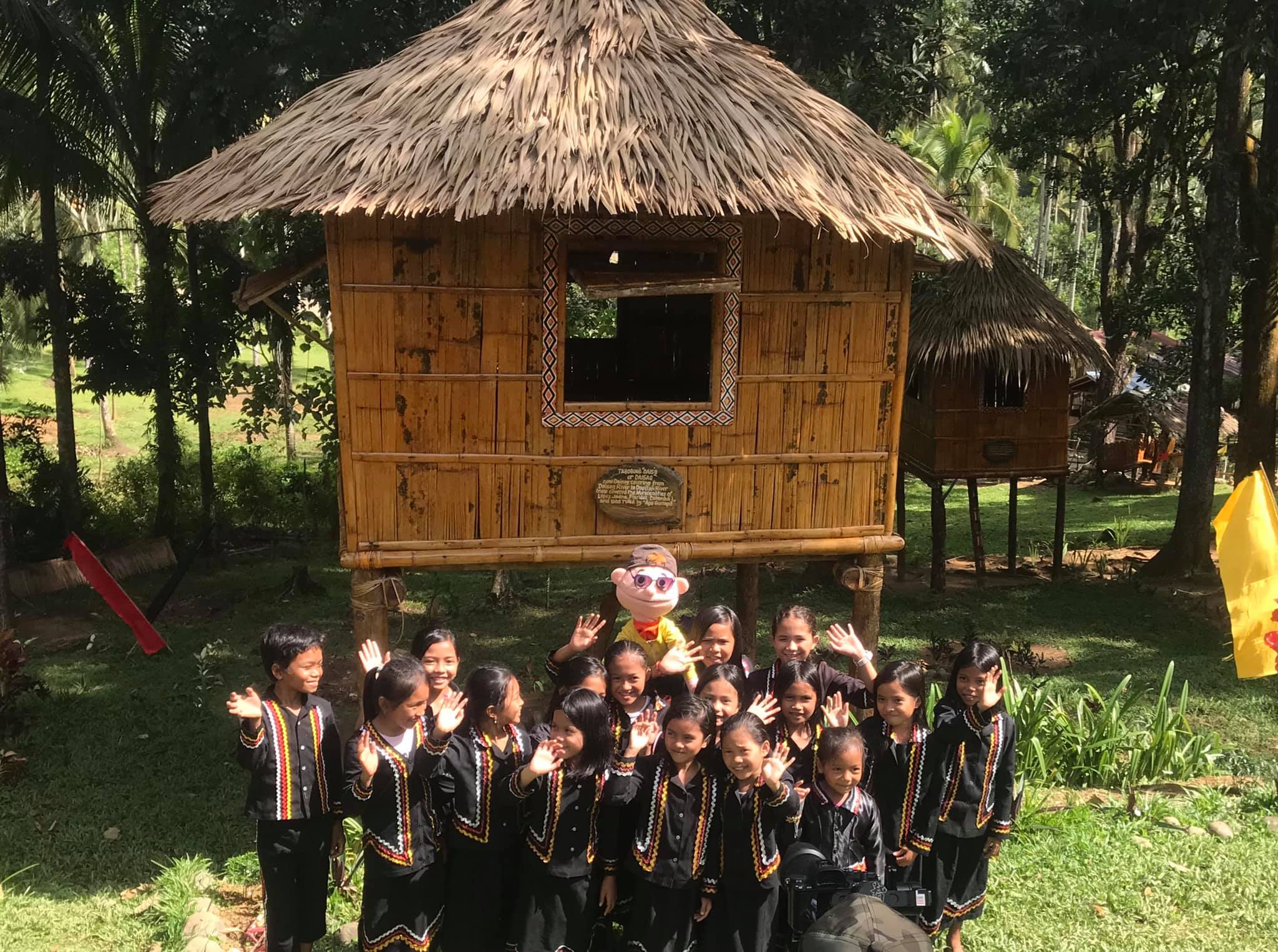 |
Political Development
The Municipality of Calamba was created on February 1, 1948 and was inaugurated on February 14, 1948, the following was then elected:
| Hon. Irenio Clapano | Municipal Mayor | 1948-1949 |
| Hon. Angelo Neri | Municipal Mayor | 1949-1953 |
| Hon. Patricio L. Atay | Municipal Mayor | 1953-1957 |
| Hon. Gustavo Neri | Municipal Mayor | 1957-1965 |
| Hon. Lorenzo de Guzman | Municipal Mayor | 1965-1973 |
| Hon. Pedro B. Lorejo | Municipal Mayor | 1973-1986 |
| Hon. Porferio C. Branzuela, Jr. | Municipal Mayor | 1986-1988 |
| Engr. Luisito B. Villanueva, Jr. | Municipal Mayor | 1989-1995 |
| Atty. Inocencio D. Pagalaran, Jr. | Municipal Mayor | 1995-2001 |
| Engr. Luisito B. Villanueva, Jr | Municipal Mayor | 2001-2009 |
| Engr. Ezel T. Villanueva | Municipal Mayor | 2009-2022 |
And in 2022 election, the new set of elective officials who managed sincerely and religiously the Municipality up to the present are the following to wit;
| Dr. Luisito B. Villanueva, Jr. | Municipal Mayor |
| Hon. Antonio N. Lawas Sr. | Municipal Vice Mayor |
| Hon. Cesar Ian E. Enerio | SB Member |
| Hon. Garry A. Arapoc | SB Member |
| Hon. Dennis M. Bunao | SB Member |
| Hon. Prince Junel G. Sevills, JD | SB Member |
| Hon. Caridad C. Lansang | SB Member |
| Hon. Rediculo R.Valdehueza, JR.CPA | SB Member |
| Hon. Sammy Ford Lansang | SB Member |
| Hon. Cherry F. Magsayo | SB Member |
| Hon. Luciano O. Dumanhug | IP's Representative |
| Hon. Ken Allen B. Lawas | SB Member / ABC Pres. |
| Hon. Ma Angel Princess C. Canda | SB Member / FSK Pres. |
LAND AREA & CLASSIFICATION
The Municipality has an estimated land area of 112.54 square kilometers, more or less 5% of the total land area of Misamis Occidental. In terms of land area, Calamba is one of the smaller municipalities in the province.
| Name of Barangay | Land Area (sq. km.) |
| 1. Southwestern Poblacion 2. Solinog 3. Northern Poblacion 4. Don Bernardo A. Neri 5. Bunawan 6. Calaran 7. Magcamiguing 8. Langub 9. Bonifacio 10. Dapacan Alto 11. Dapacan Bajo 12. Mamalad 13. Mauswagon 14. Libertad 15. Sulipat 16. San Isidro 17. Singalat 18. Siloy 19. Salvador |
1.6823660 3.3371326 1.5567510 2.50773940 5.1692408 5.6714828 3.39570440 4.1006910 6.9388408 8.3117678 7.0543558 4.8814648 7.6703468 5.0484558 11.7268938 8.0281018 7.5652678 11.3806068 5.9560808 |
| Total | 112.544290 |
CLIMATE
Rainfalls and typhoons are the climatological elements that mainly affect community’s any agricultural related productions. Without pronounced dry and wet season, Calamba’s climate belongs to the fourth grade. This type is characterized as moist, with an average rainfall of 2,278.7mm throughout the year. The driest months in the society starts on February to April. The wettest period falls during May to December (eight-month period) where 40% of the total rainfall falls in October to December.
BASIC INFORMATION
 |
DEMOGRAPHY
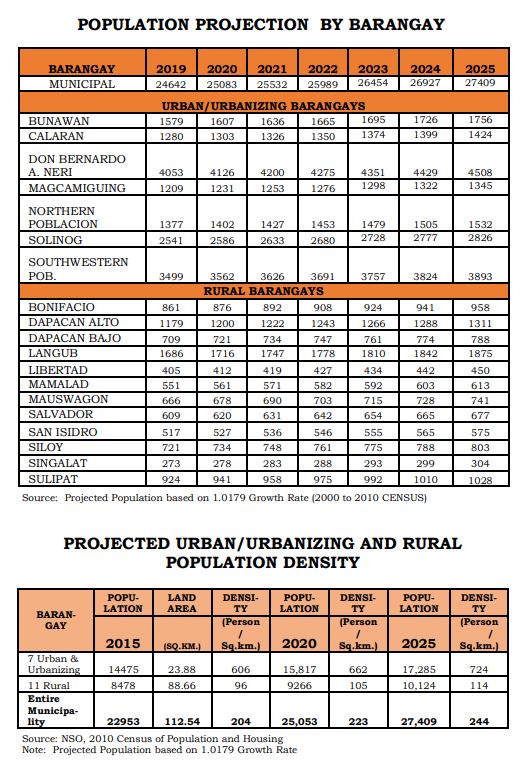 |
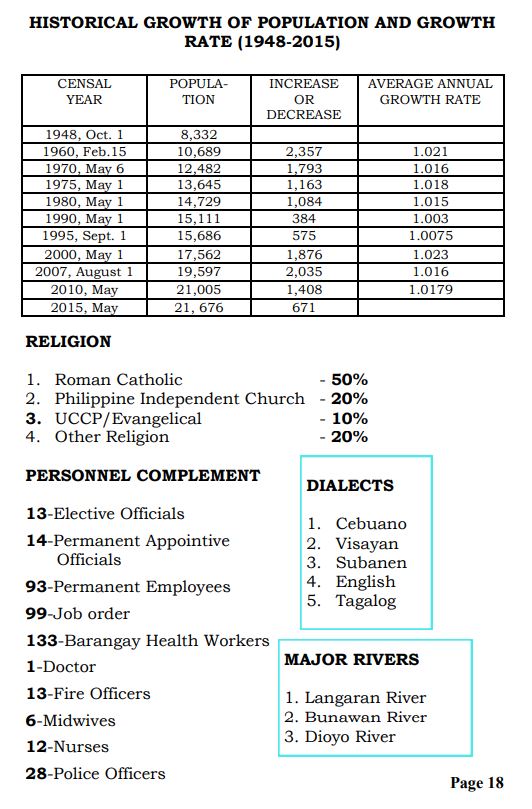 |
- Details
- Hits: 15703





